When he heard that people in Hong Kong were forming a human chain to call for democracy on Aug. 23, a local designer who goes by the name Phesti borrowed from the imagery of local subway signs to create a logo of figures holding hands. Underneath, in typography identical to that used by the train system, he wrote “HongKongers stand as one.” The image quickly went viral.
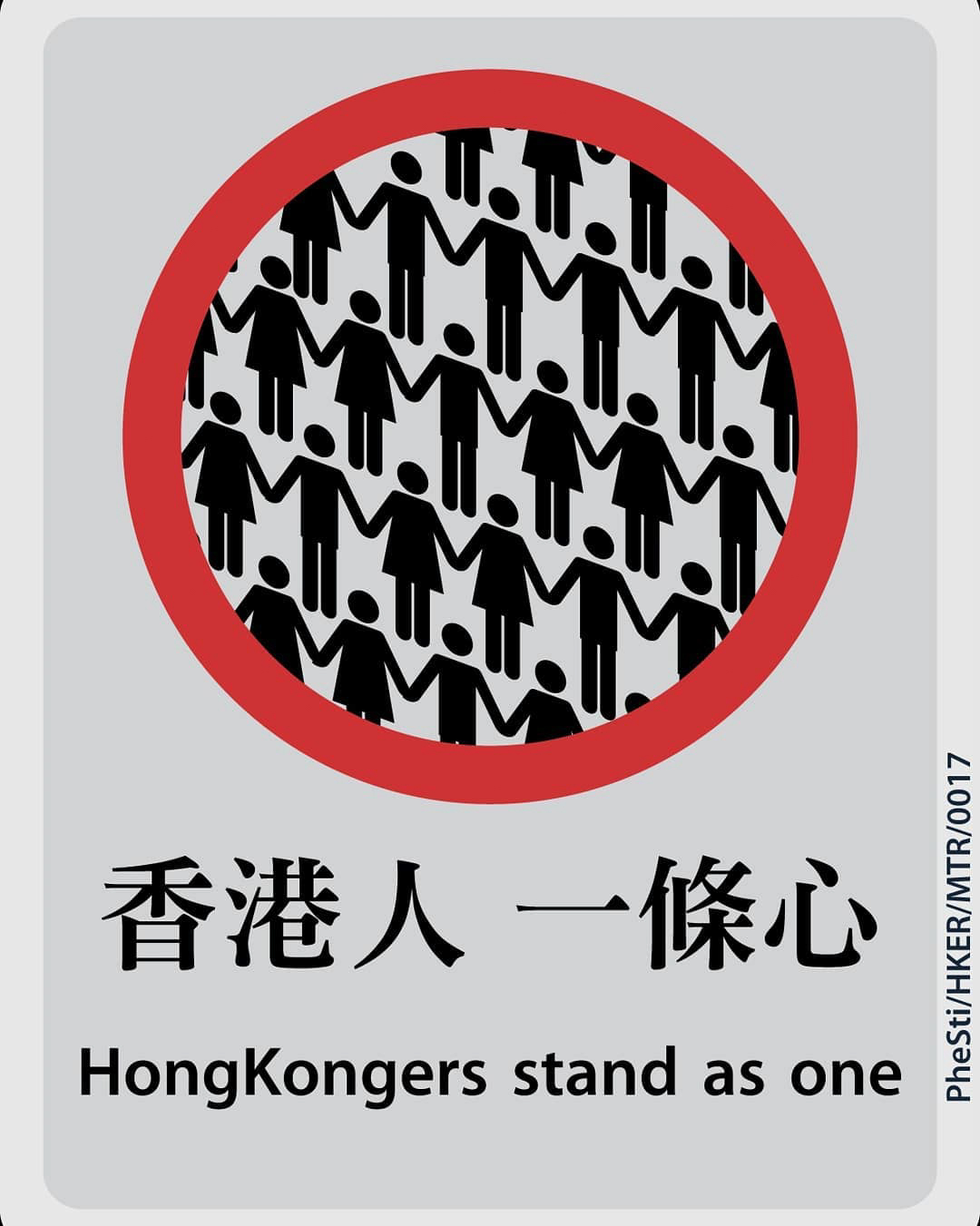
Like many involved in Hong Kong’s protests, Phesti hides his identity behind a pseudonym. He is one of hundreds of anonymous creators turning out protest art to support the city’s push for greater political freedom. Phesti says his designs are for “people like me, who are in the peaceful camp don’t dare to protest on the front line and engage in more aggressive action.” He hopes the work will make such individuals “feel like they can still participate in something and find a way of saying what’s on their mind.”
Since Hong Kong’s young people rose up in a pro-democracy rebellion three months ago, protest-related digital graphics, illustrations and paintings have exploded. The collection of agitprop ranges from infographics and memes, to illustrations based on news photos, and various adaptations of the famous 1830 painting by French artist Eugène Delacroix, Liberty Leading the People.
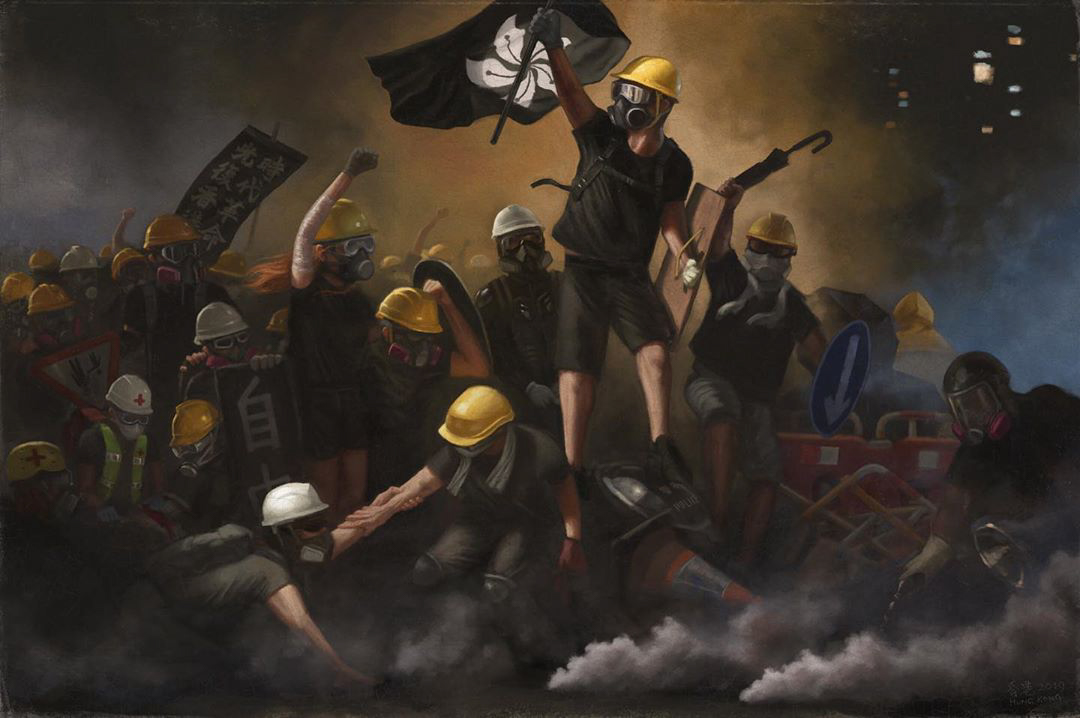


Not all of the work is serious. Some is designed purely to give viewers a good laugh.
“A lot of people are holding in their feelings, so some of these illustrations may offer them emotional relief,” says Arto, a satirist whose cartoons are hugely popular. “Fighting ridicule with humor is probably more effective than waging a public opinion war,” he tells TIME.
Much of the work plays on Cantonese slang and makes reference to local music, global pop culture and advertising.
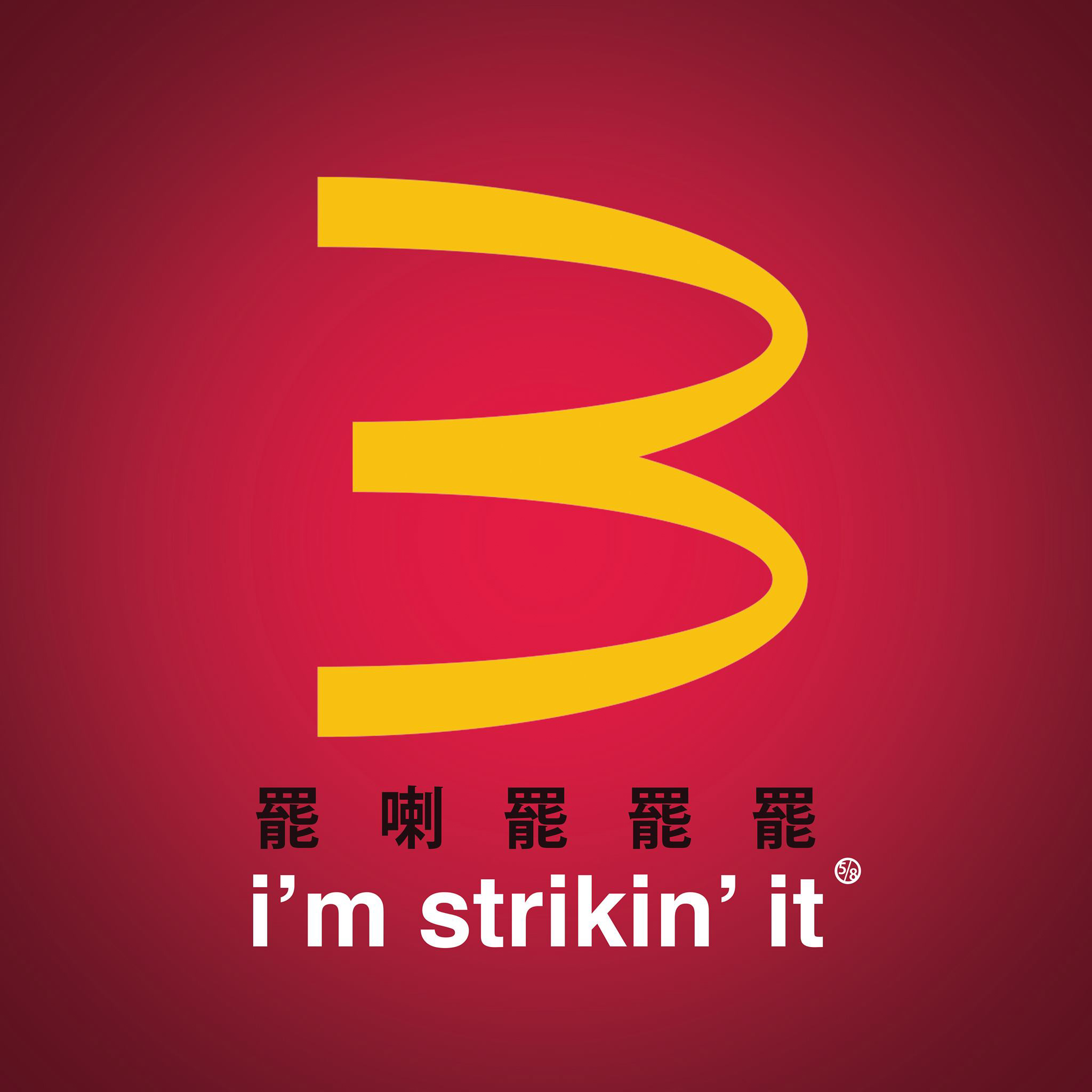

Creations such as Phesti’s and Arto’s thrive in online forums, chat groups, social media and on so-called Lennon Walls, where people leave supportive messages on colorful post-it notes. At protests and on public transport, iPhone users often share images via mass Airdrops.

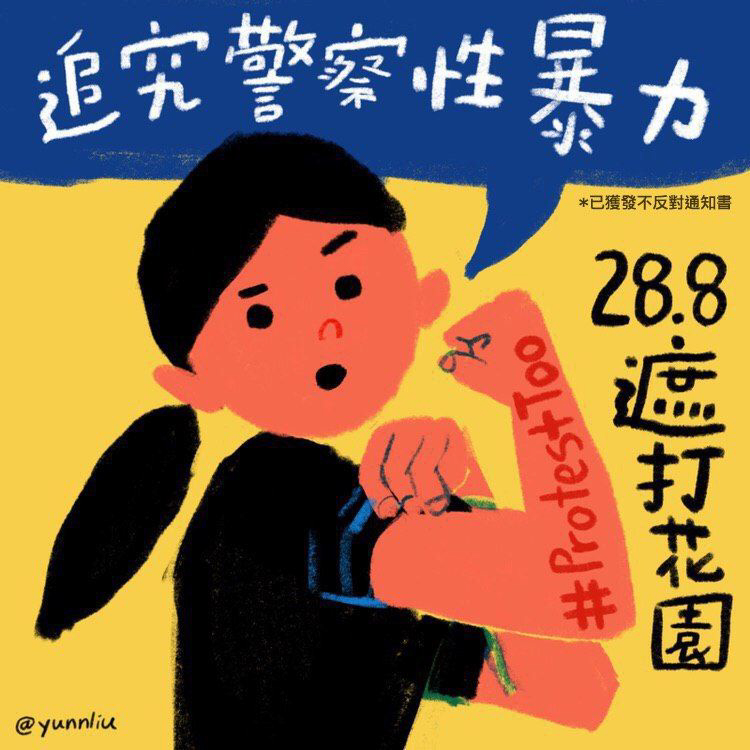
A large number of the artworks get posted first to a special channel on Telegram, a messaging app frequently used by protesters, and from there the channel’s 90,000 or so subscribers spread them elsewhere.
The uploaded works are created by a team of some 200 designers working in shifts, one of the channel’s administrators and university design student Y tells TIME. They brainstorm ideas with thousands of people in another chat group and then turn their crowd-refined suggestions into visuals of different styles.

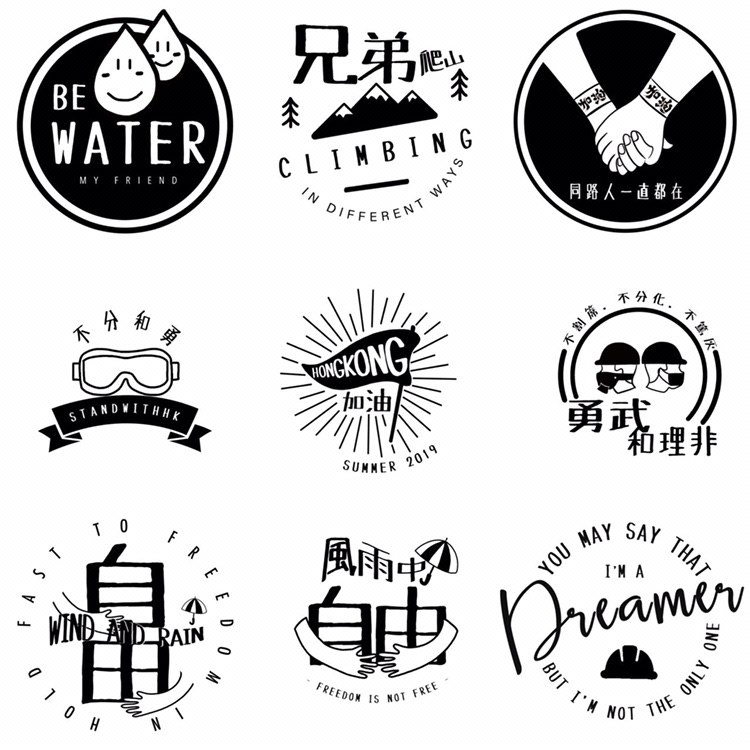
The government is unlikely to make further concessions to the protest movement, which also shows no signs of backing down. With no end in sight to the unrest, Y said the workload for artists and designers would only increase, and many report feeling exhausted with some dropping out.
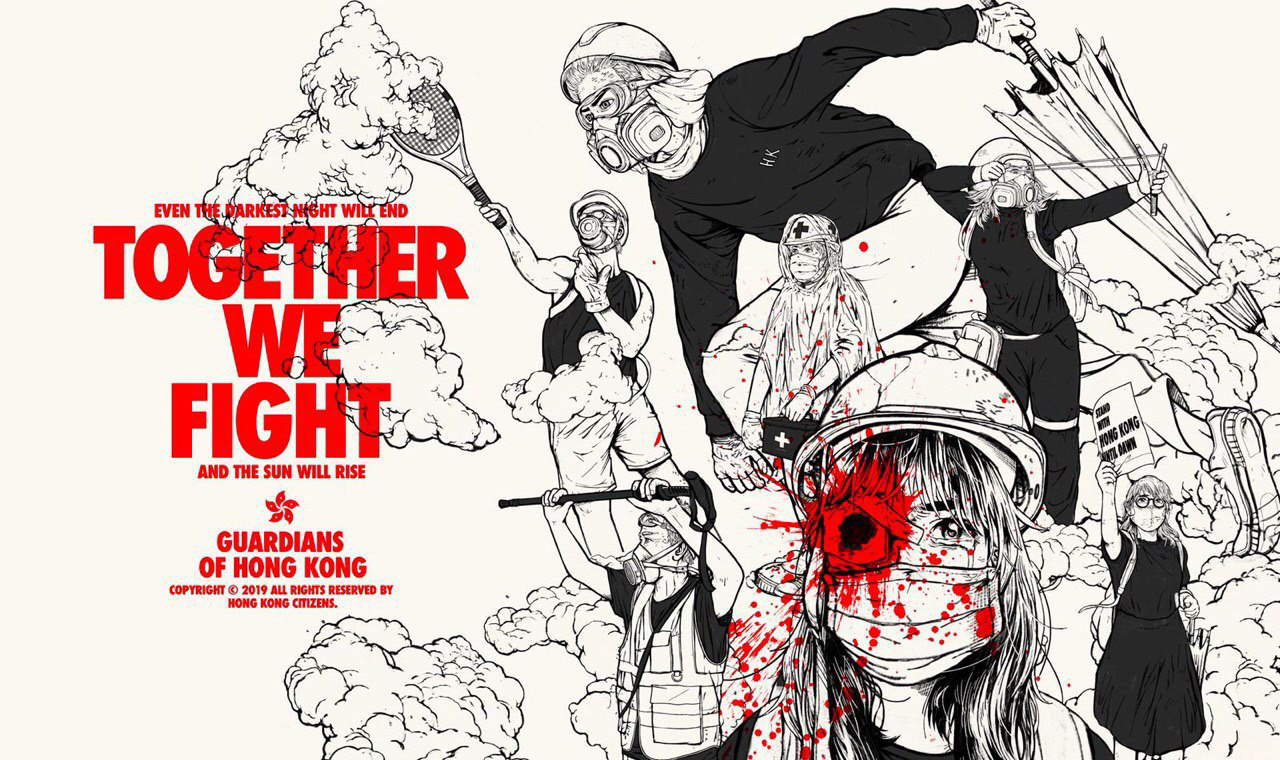
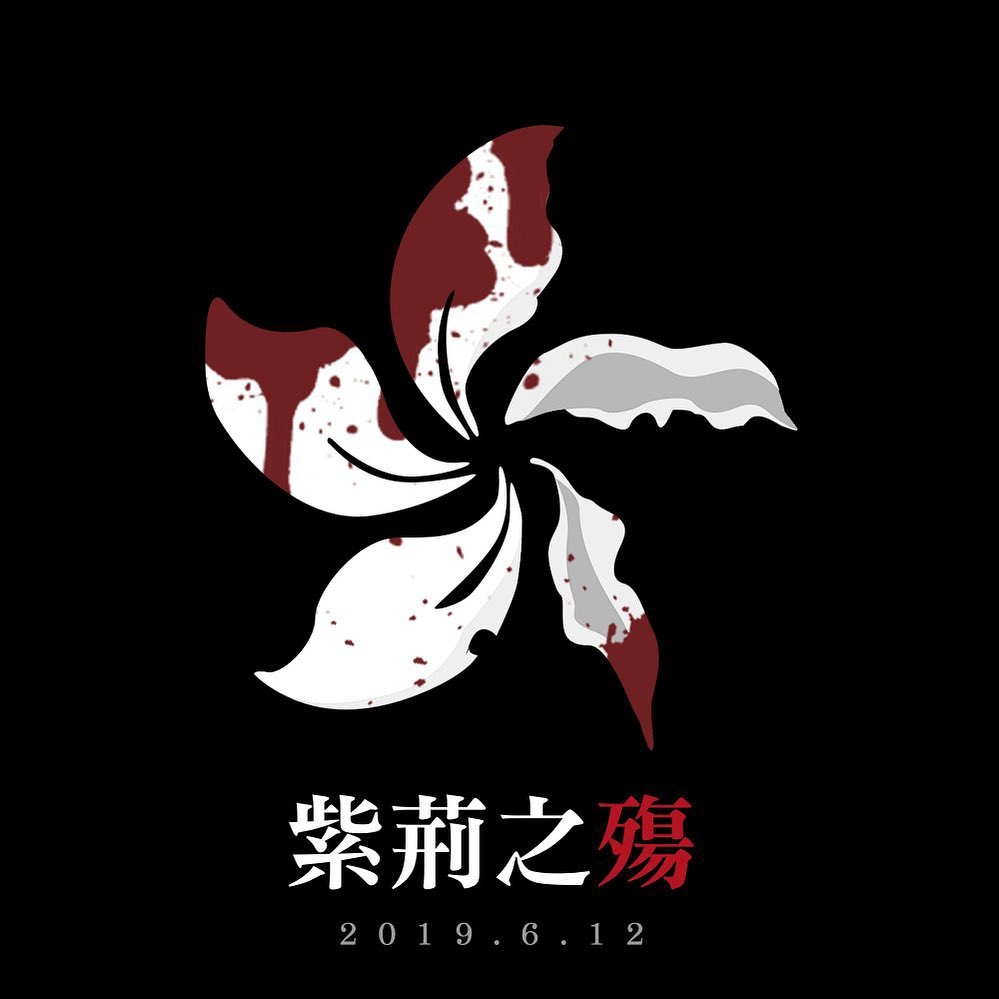
As the creator of a now iconic bloodstained version of Hong Kong’s official flower, the bauhinia, Y said he would keep the channel running until goals of the movement are achieved and do his best to take care of the wellbeing of other team members. “The common ground in this movement is not politics,” said Y. “It is humanity.”

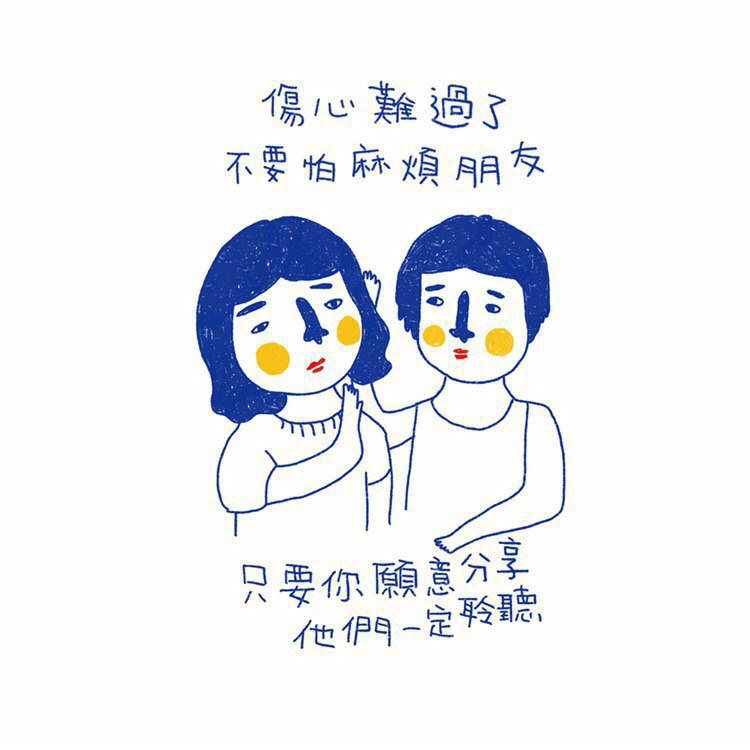
Most members of the protest creative community are known to each other only by their online identities. Phesti made up his nickname by simply shuffling letters he uses for different online accounts. “Just like how front line protesters wear helmets, goggles and face masks, this name is my mask,” Phesti tells TIME. “I hope that one day, I too get to tear off this mask … and meet everyone.”
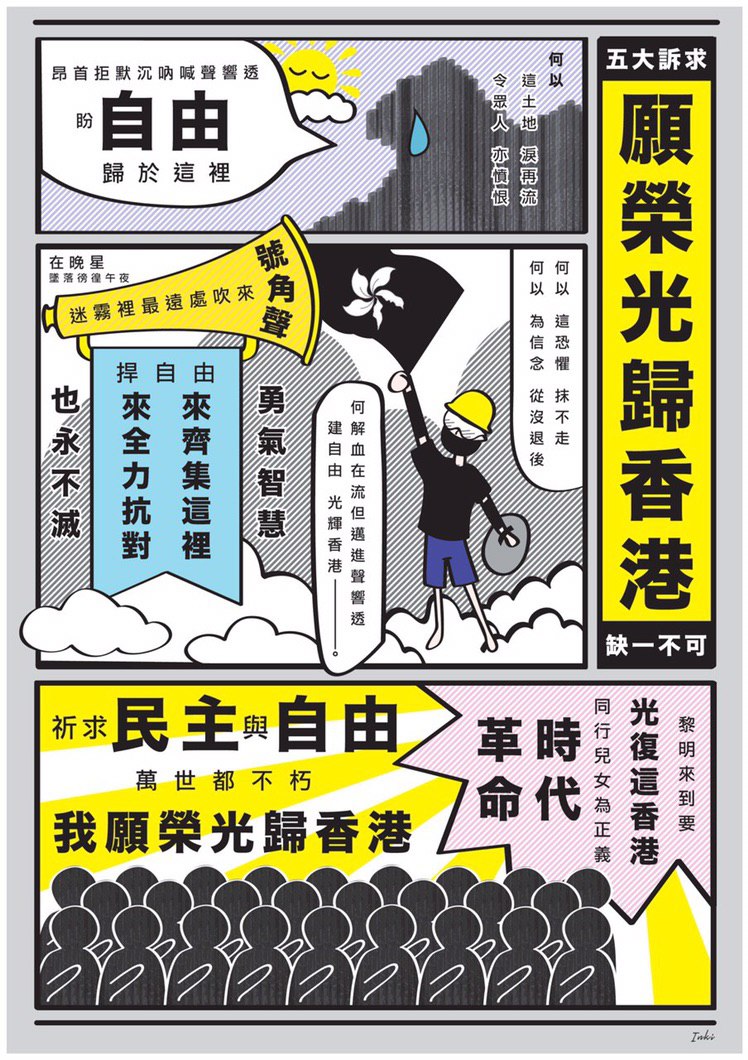

More Must-Reads from TIME
- Donald Trump Is TIME's 2024 Person of the Year
- Why We Chose Trump as Person of the Year
- Is Intermittent Fasting Good or Bad for You?
- The 100 Must-Read Books of 2024
- The 20 Best Christmas TV Episodes
- Column: If Optimism Feels Ridiculous Now, Try Hope
- The Future of Climate Action Is Trade Policy
- Merle Bombardieri Is Helping People Make the Baby Decision
Contact us at letters@time.com